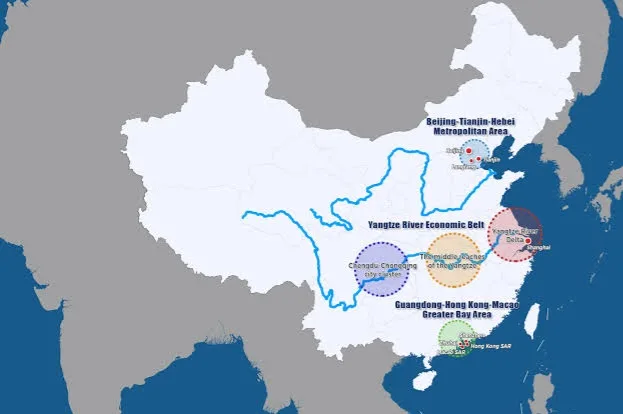Beijing, February 22, 2024, The Europe Today: China’s State Council has granted approval for comprehensive guidelines aimed at fostering the conservation, development, utilization, and restoration of the Yangtze River Economic Belt and its basin. The guidelines, approved with the objective of ensuring sustainable development, were formulated by the Ministry of Natural Resources and are set to establish a well-coordinated conservation framework by the year 2025.
The Yangtze River Economic Belt, a crucial region for China’s economic vitality, is integral to safeguarding key aspects such as grain production, ecological balance, flood control, and preservation of cultural heritage. The guidelines emphasize the importance of creating a harmonized conservation structure that will fortify these vital elements within the economic belt and river basin.
The Ministry of Natural Resources has outlined a spatial planning strategy that encompasses land, inland waters, and maritime areas along the economic belt and river basin, spanning over 1,100 county-level regions. This meticulous approach aims to ensure a holistic and integrated development plan that takes into account the diverse ecosystems and economic activities present in the Yangtze River region.
Anticipating the future, the guidelines set a target for the economic belt to showcase significant ecological progress, enhanced regional connectivity, and improved livability by the year 2035. This forward-looking vision aligns with China’s commitment to achieving sustainable development goals and fostering environmental stewardship in tandem with economic growth.
The Yangtze River, originating on the Qinghai-Tibet Plateau, holds the distinction of being China’s longest waterway, coursing over 6,300 km through 11 provincial-level regions before reaching the East China Sea. The river basin is home to several economic powerhouses, megacities, and major rice-producing areas, making its sustainable development crucial for the nation’s overall progress.
The approval of these guidelines marks a significant stride in China’s commitment to balancing economic growth with environmental conservation, setting a robust foundation for the holistic development of the Yangtze River Economic Belt and its basin.


